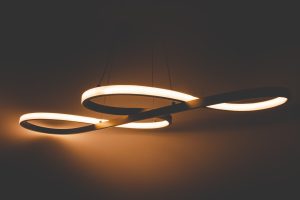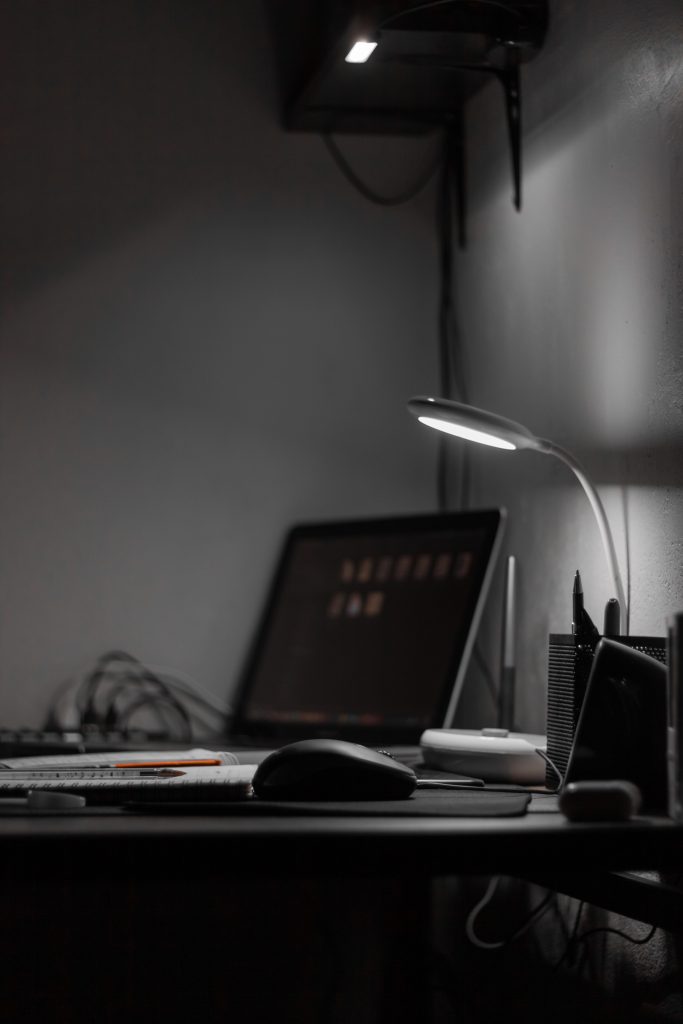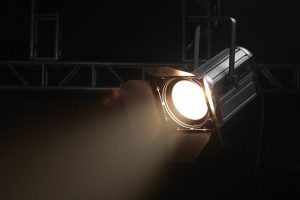How To Choose the Right Light for Reading?
1. What standard should a good lighting have?
Did you choose the right light?
Now there are a variety of reading lights, incandescent lights, eye protection lights, and LED desk lights, and the prices are also very different, ranging from thirty or forty yuan to one or two thousand yuan. A good eye protection table light is an indispensable item in our life. Taking care of our eyes is not just a slogan. Let us start from ourselves, buy a good table light for ourselves and our children, and protect our eyes. But it’s dizzying to pick, and I don’t know which one to buy? Below are the details of choosing a table light.
To buy a good light, you must first understand the criteria for judging a light.
(1) Color rendering index
Refers to the color rendering ability of the light source to the color rendering ability of the object. The color rendering value is usually marked with Ra; a means average, R is render, and Ra is the average value of coloring. The closer the color rendering index is to 100, the better the color rendering. (Define sunlight as Ra100. It can be simply understood that the closer it is to 100, the closer the color is to the sunlight.)
(2) Color temperature
Color temperature is a physical quantity used in lighting optics to define the color of a light source. When a black body (hypothesis) is heated to a temperature, and the color of the light emitted by it is the same as the color of the light emitted by a light source, the heating temperature of the black body is called the color temperature of the light source, or color temperature for short. Its unit is expressed in K (Kelvin: temperature unit).
(3) Lumens
Refers to the derived unit of the International System of Units of Brightness, and is a measure of the visible light emitted from a light source. Different from radiant flux, luminous flux is a measure of the total luminous power of all electromagnetic waves, while the measure of luminous flux reflects the sensitivity of the human eye to changes in light of different wavelengths.
(4) Spectrum
It refers to the pattern in which the dispersed three-color light is arranged in sequence according to the wavelength (or frequency) after the complex light is split by a dispersion system (such as a prism and a grating). The full name is optical spectrum.

2. Common household lights
Then, let’s take a look at some common household lights. Here are the main examples of incandescent lights, energy-saving lights, and LED lights.
(1) Incandescent light
Incandescent lights are also called tungsten lights. When the current passes through the filament, a large amount of heat is generated, so that the temperature of the filament reaches more than 2000 degrees Celsius and is in an incandescent state, so it is called an incandescent light.
Incandescent lights are electric light sources that heat a tungsten wire to an incandescent state and emit visible light using thermal radiation.
Incandescent state: When the object reaches above 1700°C and the temperature rises, the color of the light will produce this change of red-yellow.
Electric light source: As the name implies, the light emitted by the sun is sunlight, and the light emitted by electricity is an electric light source.
(2) Energy-saving lights
An energy-saving light is a compact fluorescent light with its own ballast.
Energy-saving lights, also known as electronic light bulbs, energy-saving light bulbs, compact fluorescent lights and integrated fluorescent lights, refer to lighting equipment that combines fluorescent lights and ballasts (ballasts) into a whole.
Ballast: The working principle is that after the power is turned on, the low-voltage power supply is instantly raised to a high-voltage pulse voltage of more than 20,000 volts through the transformer, and the xenon in the xenon bulb is activated to generate light with a color temperature of 3000-12000K in the arc, and the color is crystal white. Slightly purplish blue. In terms of shape, there are straight tube lights, U-shaped lights, spiral lights, 2D lights… The thickness of the light tube is also divided into many kinds. Use T (Tube) to represent the diameter of the light, and 1 T is 1/8 inch.
(3) LED lights
The full name of LED is Light Emitting Diode. A light-emitting diode is a solid-state semiconductor device that can convert electrical energy into visible light, which can directly convert electricity into light.
The heart of the LED is a semiconductor chip, one end of the chip is attached to a bracket, one end is the negative electrode, and the other end is connected to the positive electrode of the power supply, so that the entire chip is encapsulated by epoxy resin.
Semiconductor wafer: It consists of two parts, one part is a P-type semiconductor, in which holes dominate, and the other end is an N-type semiconductor, which is mainly electrons. But when the two semiconductors are connected, a P-N junction is formed between them. When the current acts on the wafer through the wire, the electrons will be pushed to the P region, where the electrons and holes recombine, and then emit energy in the form of photons, which is the principle of LED light. The wavelength of light, which is also the color of light, is determined by the material that forms the P-N junction.
LEDs can directly emit red, yellow, blue, green, cyan, orange, purple, and white light.

3. Comprehensive analysis
Now let’s comprehensively consider the advantages and disadvantages of the above three kinds of lights and lanterns.
(1) Advantages
Incandescent: The spectrum is continuous and average, with excellent color rendering. Incandescent lights are the closest to sunlight, have good color rendering, a color rendering index of 99 to 100, and are relatively cheap.
Energy-saving lights: have higher luminous efficiency than incandescent lights. Energy-saving lights are relatively small in size, save energy than incandescent lights, and have a longer lifespan than incandescent lights. The price is very cheap because of government subsidies, but the supermarkets are very expensive, and the price of LED is already lower than the energy-saving lights in the store.
LED light: high luminous efficiency, power saving, long service life, generally more than 20,000 hours, small size. The luminous efficiency is higher than that of incandescent lights and fluorescent lights. Theoretically, the lifespan is very long, and the luminescence can reach 100,000 hours. The actual product is basically 30,000-50,000 hours. It is not a problem, which is enough for household use; no ultraviolet and infrared radiation; no Contains lead, mercury and other polluting elements.
(2) Disadvantages
Incandescent lights: low luminous efficiency, most of the energy consumed is converted into useless heat. Only about 10% of the electricity consumed by incandescent lights can be converted into light energy, while the rest is lost in the form of heat energy, and the service life usually does not exceed 1000 hours.
Energy-saving lights: low color rendering, most fluorescent lights contain mercury, and no special recycling will cause harm to the environment and human body. The color rendering index is low, and things will be seriously discolored; fragile products are added with mercury, and there is no good recycling mechanism. produce certain electromagnetic radiation.
LED lights: the heat is more serious. The quality of LED lights on the market is mixed, and it is not a problem to kill the price in recent years, but the quality of low-priced products is really worrying.
4. Conclusion
Compared with many aspects, LED is still more suitable.
Although incandescent lights have a full spectrum, their color temperature is relatively low and their light efficiency is also very low.
Energy-saving lights have a poor spectrum, and their color temperature is usually too high, resulting in higher light efficiency than incandescent lights.
Although the LED spectrum is not the best, at present, the LED display index can be very high, and it can reach Ra 98 or more, and the LED spectrum is also constantly improving. Although the continuity of the LED spectrum is not as good as that of the incandescent light, it is far better than the fluorescent tube!
Moreover, the LED color temperature can be selected from a wide range. The color temperature you need, whether it is warm yellow, positive white or cool white, can basically be provided by LED.
In contrast, LED lights have a longer lifespan. The life of ordinary incandescent lights is 1,000 hours, while the life of energy-saving lights can reach 6,000 hours. The life of LED lights is generally about 20,000 to 30,000 hours. Especially reading this usage scenario, LEDs are more suitable in comparison.








